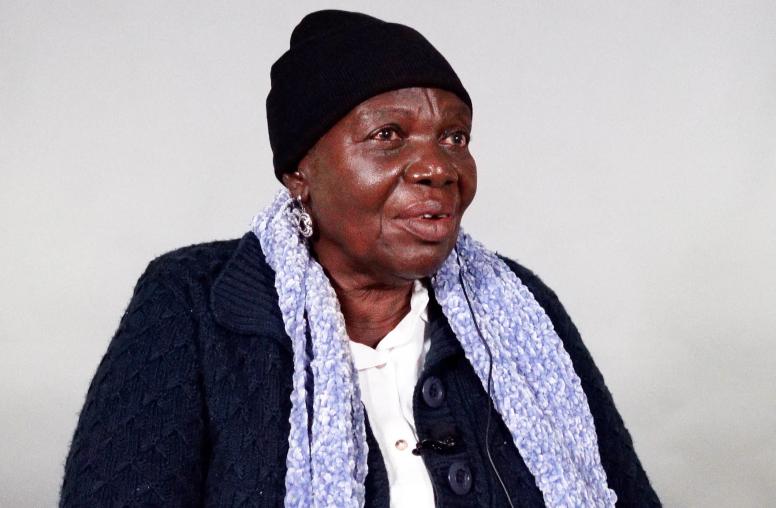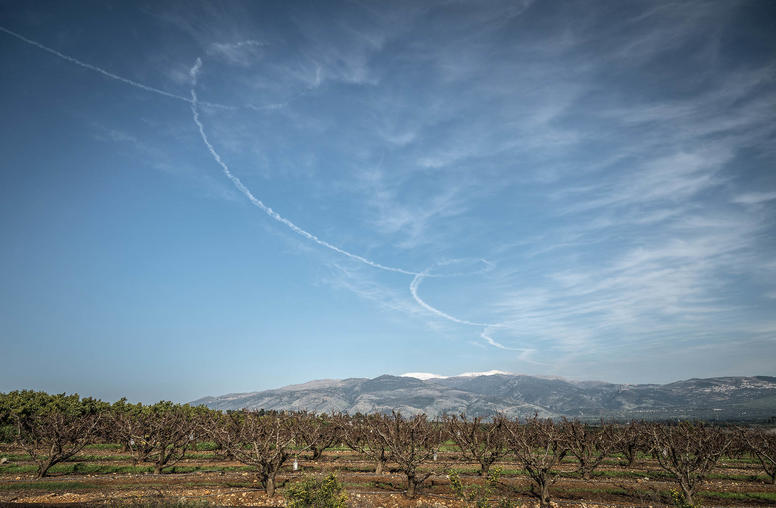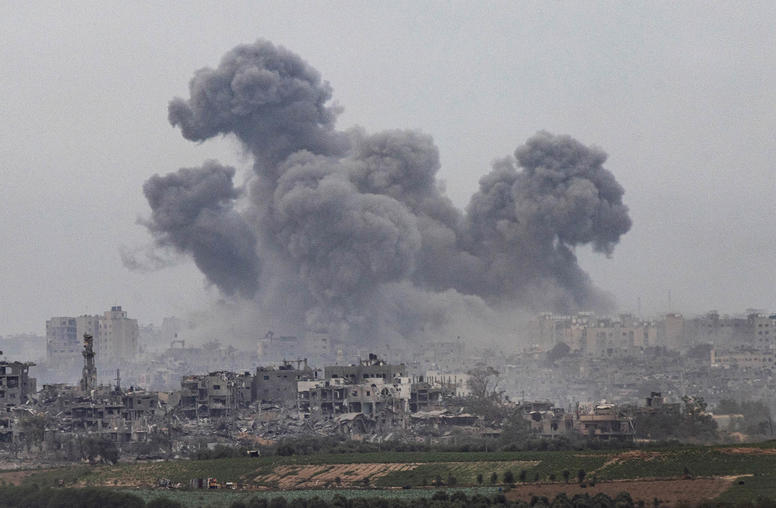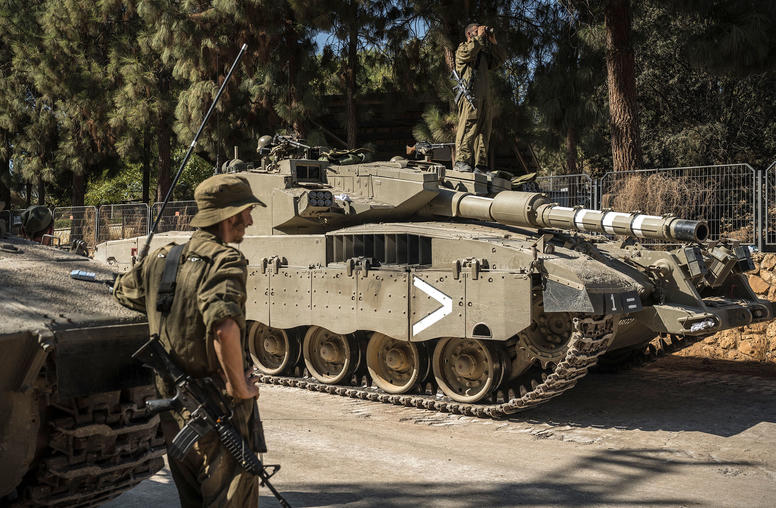Syria Timeline: Since the Uprising Against Assad
Syria’s war has been the most complex conflict to emerge from the 2011 Arab uprisings. At least twice—in the spring of 2013 and in mid-2015—the Assad regime almost collapsed. Its comeback is attributable largely to outside players. The war has evolved through five phases that, along the way, have embroiled foreign figures and militias (often on different sides) from dozens of countries, regional governments, and global powers.
The first phase was ignited by protests in early 2011. Inspired by the Arab Spring uprisings across the Middle East, Syrian adolescents in southern Daraa scrawled anti-regime graffiti on public walls. They were arrested, held for days and tortured, in turn prompting local demonstrations that called for their release. Peaceful protests rapidly spread across Syria as the focus shifted to the regime of President Bashar Assad. As the marches gained momentum, the regime unleashed its military firepower.
The second phase witnessed the onset of an armed insurgency and Syria’s descent into full-scale civil war. By 2012, an array of poorly organized opposition groups had formed rebel brigades—many armed by foreign patrons—that seized key cities in the north, including parts of Aleppo, Syria’s largest city. As the government lost territory in 2013, Lebanon’s Hezbollah openly deployed its fighters and the Iranian Revolutionary Guard Corps (IRGC) dispatched military advisors to prop up the Assad government.
The third phase was marked by the rise of ISIS and other hardline Islamist groups that tapped local sympathizers as well as foreign fighters. In 2014, the creation of the Islamic State caliphate—which claimed roughly a third of Syrian territory, with Raqqa as its capital—generated a different set of flash points and frontlines. It was, basically, a different war. It also prompted direct U.S. military intervention. Meanwhile, moderate rebel groups fighting the government were increasingly eclipsed by extremist factions.
The fourth phase, in 2015 and 2016, featured growing Russian military intervention, especially airpower, against moderate rebel factions. Russia deployed some of its most sophisticated weaponry and air defense systems. The roles of Hezbollah and Iran deepened too.
During the fifth phase, the Assad regime retook territory and consolidated its control over most of the country. By the end of 2016, it had retaken major cities, including Aleppo, as well as areas across Syria’s strategic western spine. In 2017, it knit together patches of the countryside to cement the restoration of government power. By mid-2018, it also recaptured strategic suburbs surrounding Damascus for the first time in five years. It then turned its sights further south to Daraa, the birthplace of the uprising. It seized the city as well as most of southwest Syria by the summer of 2018.
Each of these phases featured failed efforts at diplomacy, initially led by the United Nations and backed by the United States. But the negotiations, in Geneva, repeatedly deadlocked. In 2017, Russia launched a separate initiative, with Iran and Turkey as partners, that included negotiations in Astana, the Kazakh capital, and Sochi in Russia.
Erupting in the heart of the Levant, Syria’s war had a rippling impact throughout the Middle East; it also reverberated deep into Europe. It sparked the largest humanitarian crisis since the end of World War II (only surpassed in 2018 by Yemen’s war). Millions of refugees poured into Turkey, Jordan, Lebanon and even Iraq and Egypt as well as several European countries, where the refugee crisis redefined the political landscape. At home, more than half of Syria’s population was displaced and dependent on humanitarian aid for daily subsistence. Destruction—of homes, schools, businesses, hospitals, roads and infrastructure—was estimated in the hundreds of billions of dollars.
The multiple layers of Syria’s war reflect broader trends in the Middle East—and potentially future conflicts. They include:
- The rise of a new generation of jihadists who have espoused a more virulent Salafi-jihadist ideology and focused on seizing territory and creating their own states.
- Battlefield tactics that transgressed the modern norms of armed conflict, especially the indiscriminate bombing of civilians and the repeated use of chemical weapons. One chemical weapon attack by the Syrian government, in August 2013, killed more than 1,000 civilians. The government has used various chemical weapons—from sarin, a toxic nerve agent banned by international law, to chlorine, a dual-use chemical—at least 50 times, according to U.S. government sources.
- The leveraging of emerging technologies—including drones, encryption and social media, and electronic warfare—across virtual and real battle spaces.
- Massive civilian displacement and humanitarian need that overwhelmed the international assistance infrastructure and imperiled neighboring countries that tried to host refugees.
Originally posted February 2019. Updated January 2021.
This timeline was assembled with the help of graphic research by Lindsay Jodoin and editorial research by Garrett Nada, Sarah Timreck, Lindsay Jodoin and Joud Monla-Hassan.



